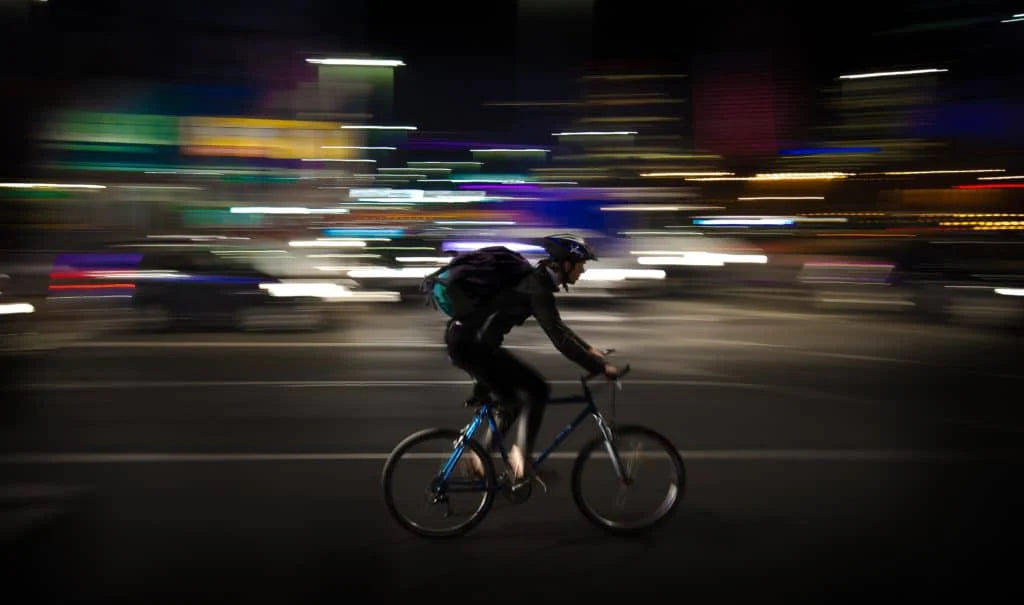Cycling is indeed a fantastic way to stay active and enjoy the outdoors, but riding at night requires extra precautions to ensure your safety. Whether you’re commuting, training, or simply enjoying a nighttime ride, visibility is crucial to prevent accidents and ensure a smooth journey.
In this blog, we’ll provide you with 9 essential cycling safety tips for riding at night, so you can enjoy your ride with confidence.



